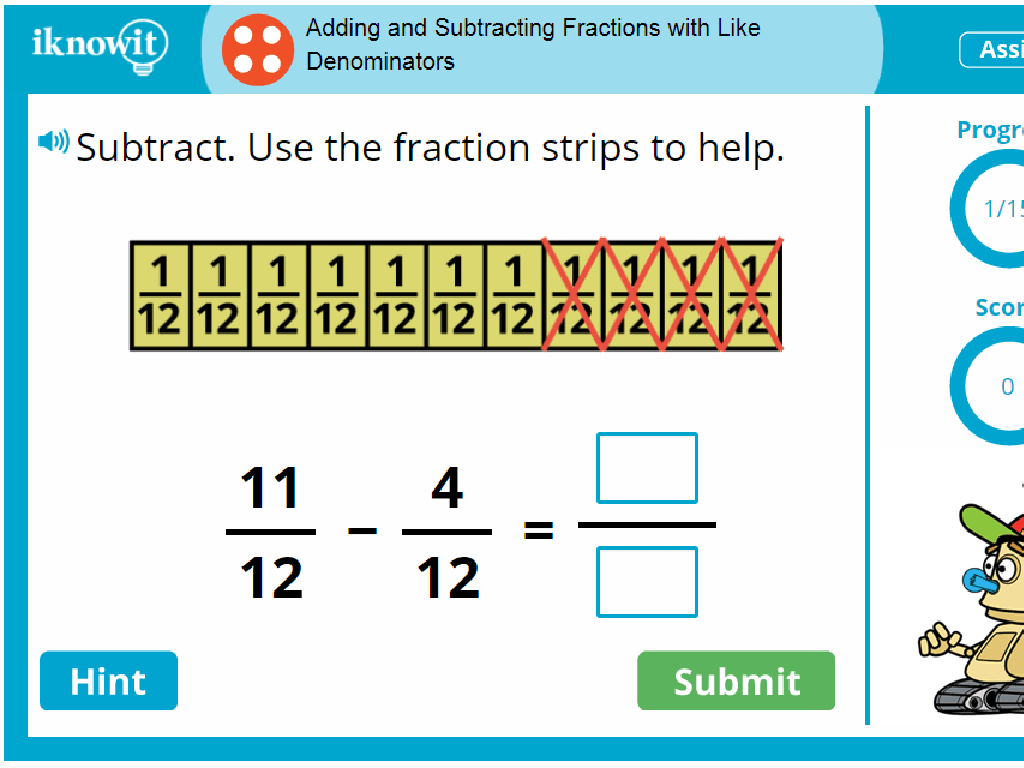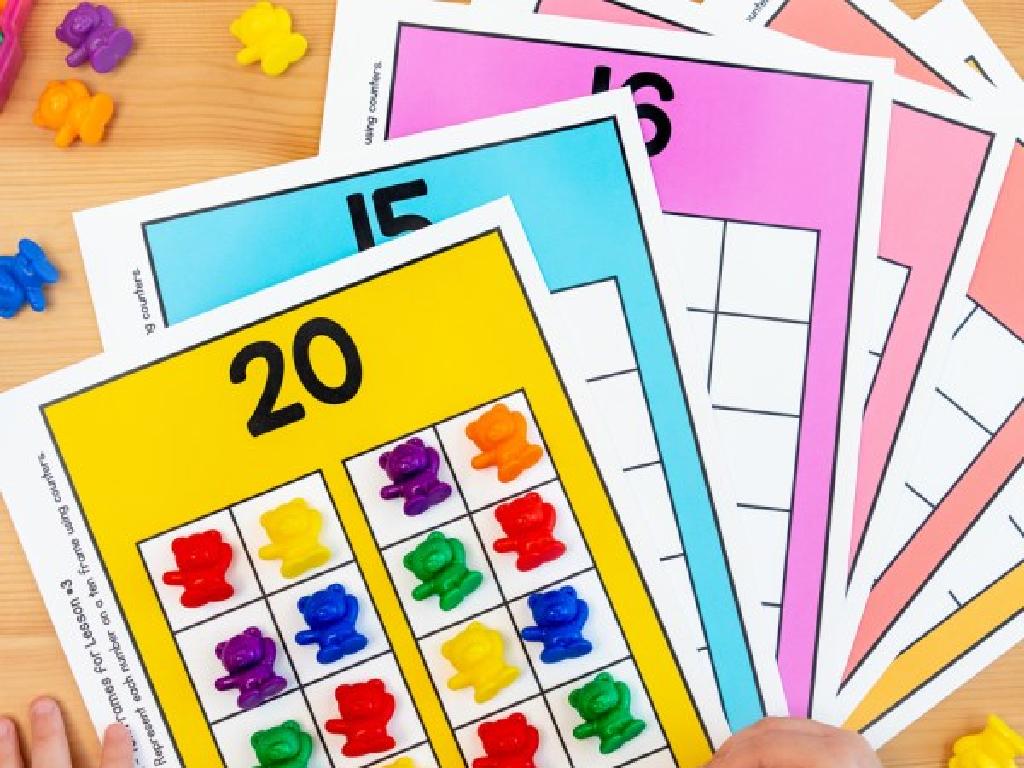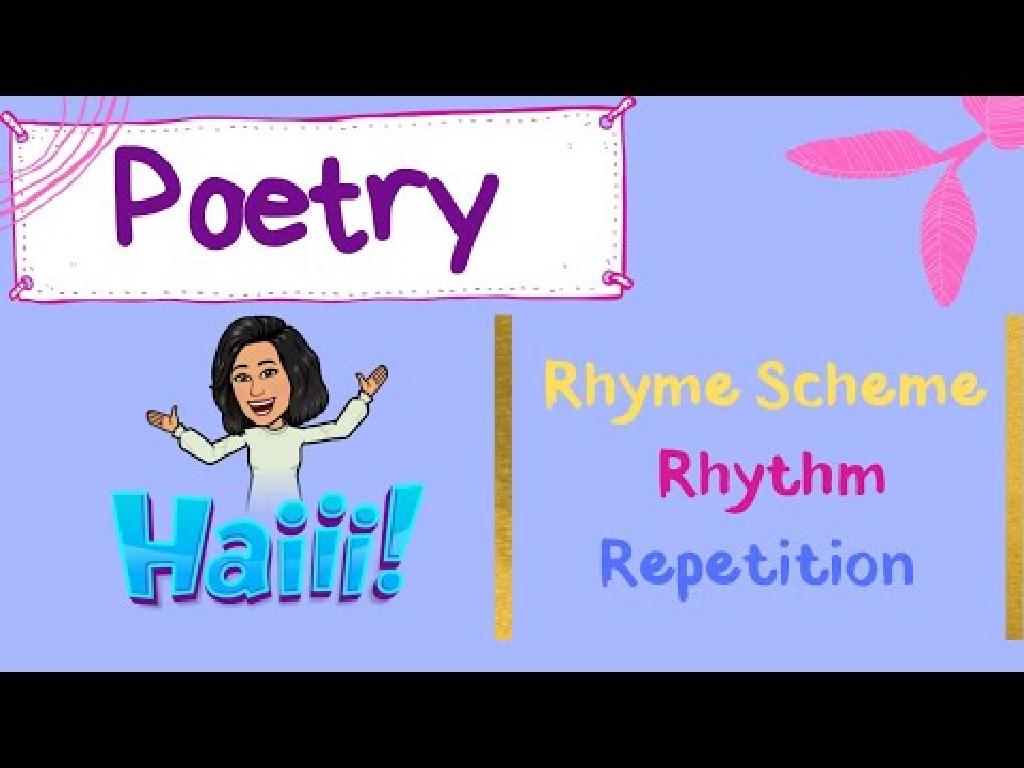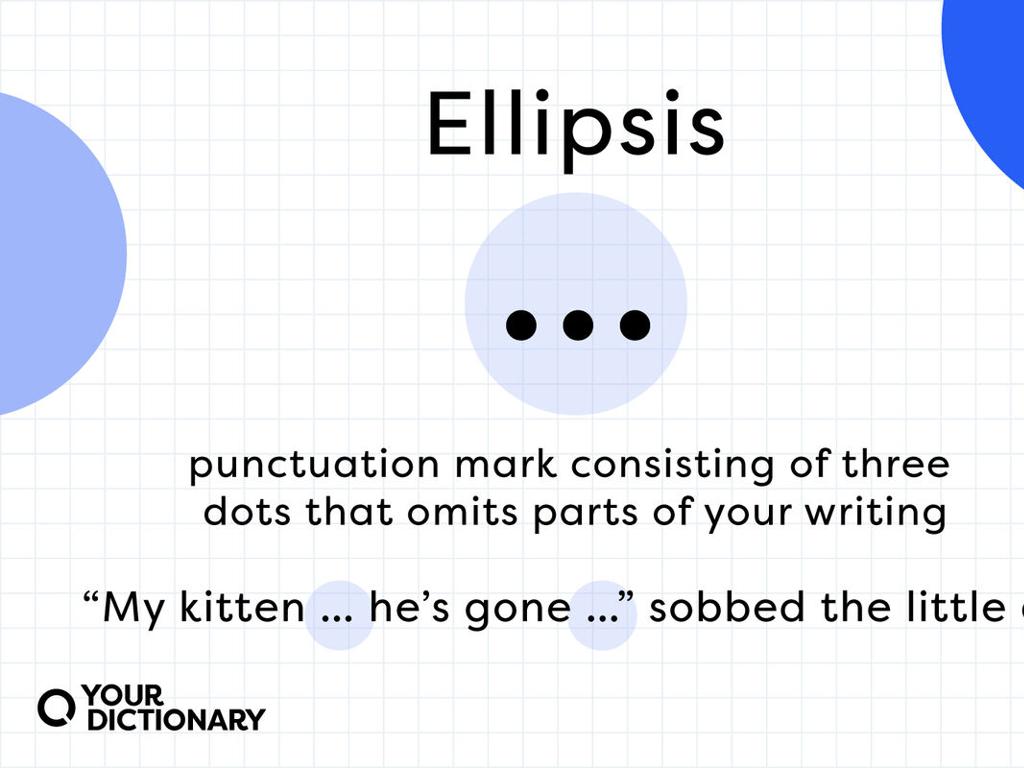The Civil War: Bull Run To The Emancipation Proclamation
Subject: Social studies
Grade: Seventh grade
Topic: The Civil War
Please LOG IN to download the presentation. Access is available to registered users only.
View More Content
Understanding the Civil War: An Overview
– Grasp the Civil War’s impact
– Significance of learning Civil War history
Knowing Civil War history helps us understand America’s past conflicts and changes.
– Define: Union and Confederacy
Union: the northern states; Confederacy: the southern states that seceded.
– Understand the Emancipation Proclamation
A pivotal document by President Lincoln that declared the freedom of slaves in Confederate states.
|
This slide introduces students to the Civil War, aiming to explain its profound effect on American history and the importance of learning about this era. Emphasize that the Civil War was a defining moment in the nation’s development, laying the groundwork for modern America. Highlight key terms such as the Union and Confederacy, which represent the opposing sides in the war, and the Emancipation Proclamation, which was a crucial step towards ending slavery. Encourage students to reflect on how these historical events continue to influence the United States today. Provide context for the Emancipation Proclamation, explaining that it was a strategic move by President Lincoln and a moral stance against slavery.
The Road to Civil War: Divisions and Causes
– Divided Nation: North vs. South
– Industrial North vs. Agricultural South, differing economies and cultures
– States’ Rights & Slavery
– Debate over state power vs. federal power, slavery as a central issue
– Lincoln’s Election
– Lincoln opposed expansion of slavery, led to fear in the South
– Southern Secession
– Following Lincoln’s win, 11 Southern states seceded, forming the Confederacy
|
This slide introduces students to the complex factors leading up to the American Civil War. Emphasize the stark economic and cultural differences between the industrialized North and the agricultural South, and how these differences contributed to contrasting views on states’ rights and the institution of slavery. Highlight the significance of Abraham Lincoln’s election as a catalyst for Southern secession, as his stance against the spread of slavery was seen as a direct threat to the Southern way of life. The secession of Southern states following Lincoln’s election victory marked the final step on the road to war. Encourage students to consider how these events might have felt for people living at the time and to think critically about the multifaceted causes of the Civil War.
The First Battle: Bull Run
– Significance of Bull Run
– First major battle, hinting war’s scale and bloodshed
– Battle strategies and outcomes
– Union’s plan vs. Confederate victory; high casualties
– Setting the Civil War’s tone
– Showed the war would be long and challenging
|
The First Battle of Bull Run, also known as the First Manassas, marked the beginning of the Civil War and was a pivotal moment that hinted at the long and grueling conflict ahead. It shattered the North’s hope of a swift victory and emboldened the South. Discuss the strategies used by both the Union and the Confederacy, highlighting how the Confederates’ defensive stance led to their victory. Emphasize the high number of casualties as a sobering reality check for both sides. This battle set the tone for the Civil War by proving it would be a more demanding and deadly conflict than either side had anticipated. Encourage students to reflect on how this battle might have changed the nation’s expectations for the war’s duration and impact.
Life During the Civil War
– Soldiers’ daily life
– Routine of drills, meals, and letters home
– Women’s wartime roles
– Nurses, spies, and managing homes
– Home front hardships
– Scarcity of supplies, inflation
– Battlefield struggles
– Harsh weather, disease, and injuries
|
This slide aims to give students a glimpse into the personal experiences of individuals during the Civil War. Discuss the daily routines of soldiers, including their training, the food they ate, and their correspondence with family. Highlight the significant contributions of women who served as nurses, spies, and took on additional responsibilities at home. Address the economic and emotional difficulties faced by families on the home front, such as shortages and financial stress. Finally, cover the physical and mental challenges encountered by soldiers on the battlefield, including exposure to harsh conditions and the threat of disease and injury. Encourage students to empathize with people from the past by comparing their daily lives to those during the Civil War era.
The Emancipation Proclamation Explained
– Definition of the Proclamation
– An 1863 declaration by President Lincoln freeing slaves in Confederate states
– Proclamation’s impact on war
– Shifted the focus of the war to include the moral issue of slavery
– Effects on society
– Sparked movements for racial equality and justice
– Limitations and legacy
– Did not free all slaves; symbolic step towards ending slavery
|
The Emancipation Proclamation was a pivotal document in American history, issued by President Abraham Lincoln on January 1, 1863. It declared that all slaves in the Confederate states were to be set free. This shifted the Civil War’s focus from solely preserving the Union to also encompassing the abolition of slavery as a central war aim. The proclamation had significant social impacts, galvanizing abolitionists and setting the stage for future civil rights movements. However, it was limited in scope, as it did not apply to slave-holding border states or areas already under Union control. Its legacy is a complex one, as it is both a symbol of freedom and a reminder of the long struggle for racial equality that continued long after the Civil War. In the next class, we will discuss the broader effects of the proclamation and how it shaped the course of American history.
Class Activity: Civil War Councils Role-Play
– Divide into Union & Confederate groups
– Role-play battle strategy meetings
– Imagine you’re military leaders making plans
– Discuss meanings of freedom
– Consider what freedom meant for soldiers, slaves, and citizens
– Reflect on the perspectives
– How might Union and Confederate views differ?
|
This role-play activity is designed to immerse students in the historical context of the Civil War, allowing them to explore different perspectives through active learning. By dividing the class into Union and Confederate groups, students will engage with the material by simulating a strategic meeting before a battle. Encourage them to think about the various motivations and what freedom represented to each side, including the enslaved people. Possible activities: 1) Writing a speech to rally troops, 2) Creating a battle plan, 3) Debating the concept of freedom, 4) Writing a letter home as a soldier. This will help students understand the complexities of the era and the differing viewpoints on freedom.
Reflecting on the Civil War
– Key learnings about the Civil War
– Civil War’s impact on today
– Consider freedoms, rights, and unity
– Open Q&A session
– Ask any lingering questions or clarify doubts
– Share your thoughts
– Express your views on the Civil War’s significance
|
This slide is aimed at summarizing the day’s lesson on the Civil War, specifically from Bull Run to the Emancipation Proclamation. Encourage students to reflect on the key points learned and to consider the lasting effects of the Civil War on modern society, including issues of civil rights and national unity. Provide an opportunity for an open Q&A session where students can ask questions to deepen their understanding. Finally, allow students to express their thoughts and engage in a discussion on the significance of the Civil War, fostering a deeper connection with the historical content.
Homework: The Emancipation Proclamation Essay
– Write a one-page essay
– Focus on Emancipation Proclamation
– The historic order by President Lincoln freeing slaves in Confederate states
– Include three lesson points
– Reflect on the significance of freedom, the Union’s moral cause, and the war’s direction
– Due next class session
|
Students are tasked with writing an essay to deepen their understanding of the Emancipation Proclamation’s impact on the Civil War and American society. They should reflect on how this document was pivotal in changing the moral compass of the war, offering freedom to millions of enslaved people in the Confederacy, and altering the course of the war. Encourage students to use specific examples from the lesson, such as the date it was issued, the immediate effects on the war, and its long-term implications for civil rights. This assignment will help students synthesize information from the lesson and express their insights on one of the most significant documents in American history.






